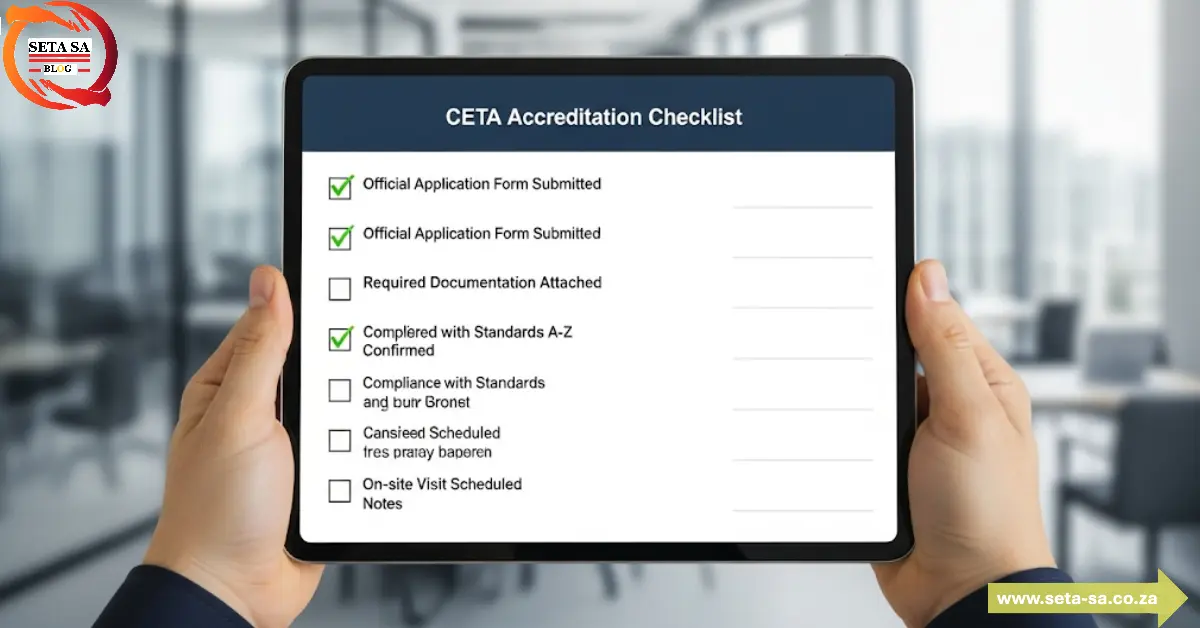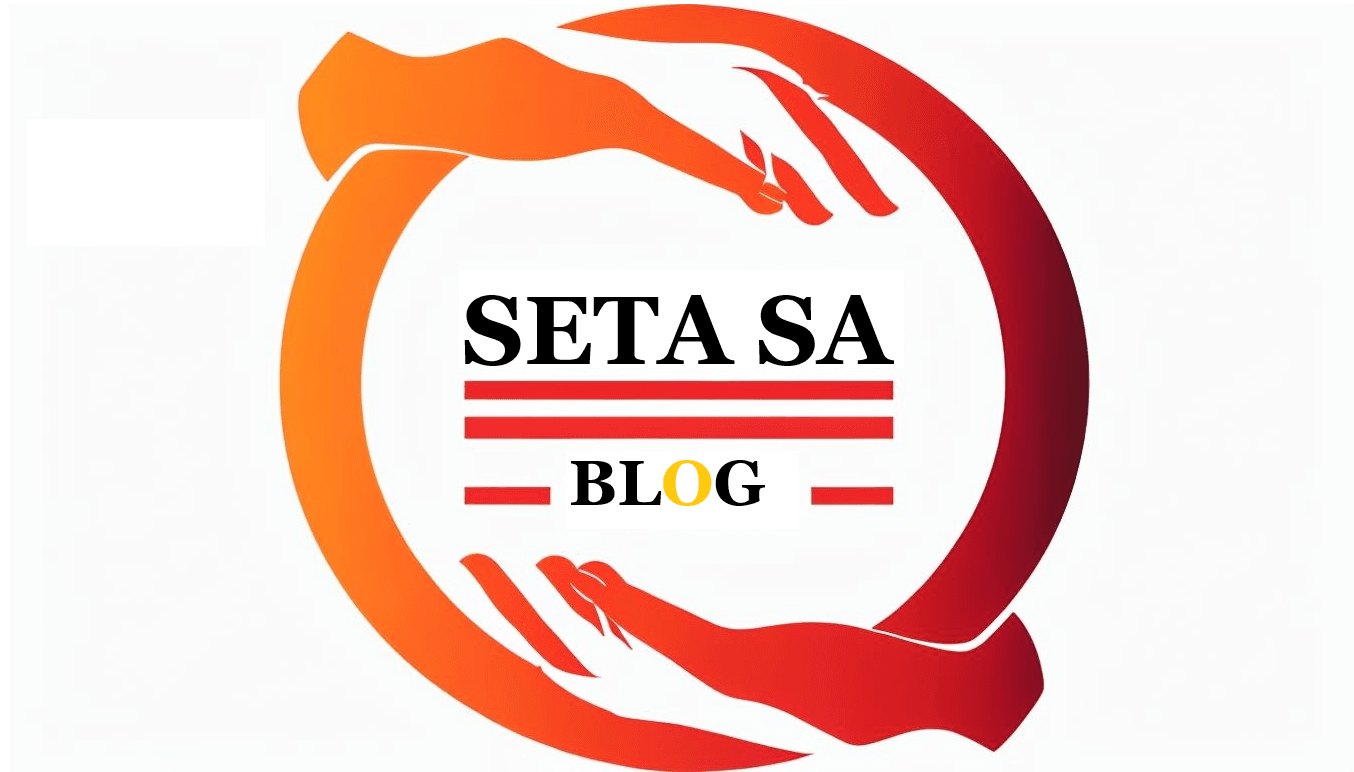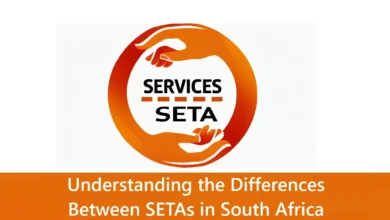
Getting your training organization accredited by the Construction Education and Training Authority (CETA) might seem like a complicated maze, but with the right checklist, it becomes a straightforward process. Whether you’re a seasoned provider or just starting out, understanding what CETA expects can save you time, effort, and headaches. Ready to navigate the accreditation journey? Let’s dive into the essential checklist to ensure your organization ticks all the boxes!
What is CETA Accreditation?
CETA accreditation is a stamp of approval that confirms your training organization meets national standards for quality and compliance in the construction sector. It opens doors to funding, partnerships, and recognition within South Africa’s construction industry. Think of it as your golden ticket to credibility and growth.
Core Components of the CETA Accreditation Checklist
Before you start the application process, it’s vital to understand the key areas CETA evaluates. These components are like the pillars supporting your accreditation journey. Let’s break them down:
1. Organizational Readiness
Legal and Administrative Compliance
- Registration with the Department of Higher Education and Training (DHET)
- Tax clearance certificates and business registration documents
- Proof of operational capacity and infrastructure
Management and Governance
- Clear organizational structure
- Qualified management team with relevant experience
- Effective policies for quality assurance
2. Training Delivery Standards
Curriculum and Learning Materials
- Up-to-date, industry-relevant curricula
- Standardized training manuals and resources
- Assessment tools aligned with national standards
Trainer Qualifications
- Trainers with recognized qualifications and experience
- Continuous professional development records
3. Quality Assurance Systems
Monitoring and Evaluation
- Regular assessments of learner progress
- Feedback mechanisms for continuous improvement
Record Keeping
- Accurate records of learner attendance and achievements
- Documentation of training delivery and assessments
4. Infrastructure and Resources
Facilities and Equipment
- Suitable training venues with necessary safety standards
- Tools, equipment, and materials for practical training
Technology and Support
- Access to digital learning platforms and resources
- Support systems for learners and trainers
Step-by-Step CETA Accreditation Process
Step 1: Pre-Assessment
Conduct an internal review to identify gaps against the CETA checklist. This helps you prepare thoroughly and avoid surprises during the official audit.
Step 2: Gather Documentation
Collect all required documents, from registration certificates to training materials. Think of this as your accreditation toolkit.
Step 3: Submit Application
Complete the online or paper-based application form on the CETA portal. Be honest and detailed—transparency is key!
Step 4: On-Site Audit
Expect a visit from CETA assessors who will verify your compliance. Be prepared to showcase your facilities, records, and training sessions.
Step 5: Address Feedback and Improve
If there are gaps, don’t panic. Use the feedback to fine-tune your processes and resubmit if necessary.
Step 6: Certification and Maintenance
Once approved, celebrate! Remember, maintaining accreditation requires ongoing compliance and periodic reviews.
Tips for a Smooth Accreditation Journey
- Start early and plan your documentation meticulously.
- Engage experienced consultants if needed, especially for complex audits.
- Keep training records up-to-date and organized.
- Foster a culture of quality within your organization.
- Stay informed about updates on CETA standards via [South African Department of Higher Education](https://www.dhet.gov.za/), [Construction Industry Development Board](https://www.cidb.org.za/), and [SAQA](https://www.saqa.org.za/).
Achieving CETA accreditation isn’t just about ticking boxes; it’s about demonstrating your commitment to quality, safety, and industry relevance. With this comprehensive checklist, you’re equipped to navigate the process confidently. Remember, preparation is everything—so gather your documents, evaluate your systems, and aim for excellence. Once accredited, you’ll unlock new opportunities, elevate your reputation, and truly stand out in South Africa’s vibrant construction landscape.
Frequently Asked Questions (FAQs)
1. How long does the CETA accreditation process usually take?
On average, it can take between 3 to 6 months, depending on how prepared your organization is and the complexity of your systems.
2. Can I apply for accreditation if my organization is new?
Yes, but ensure you meet all the minimum requirements and have the necessary infrastructure and documentation ready.
3. Is there any fee involved in the accreditation process?
Yes, CETA charges application and assessment fees, which vary based on the size and scope of your training organization.
4. How often do I need to renew my accreditation?
Typically, accreditation is valid for three years, after which renewal and a re-assessment are required to maintain status.
5. Where can I find more resources about CETA accreditation?
Visit official sites like CIDB, SAQA, and Department of Higher Education for comprehensive guides and updates.





